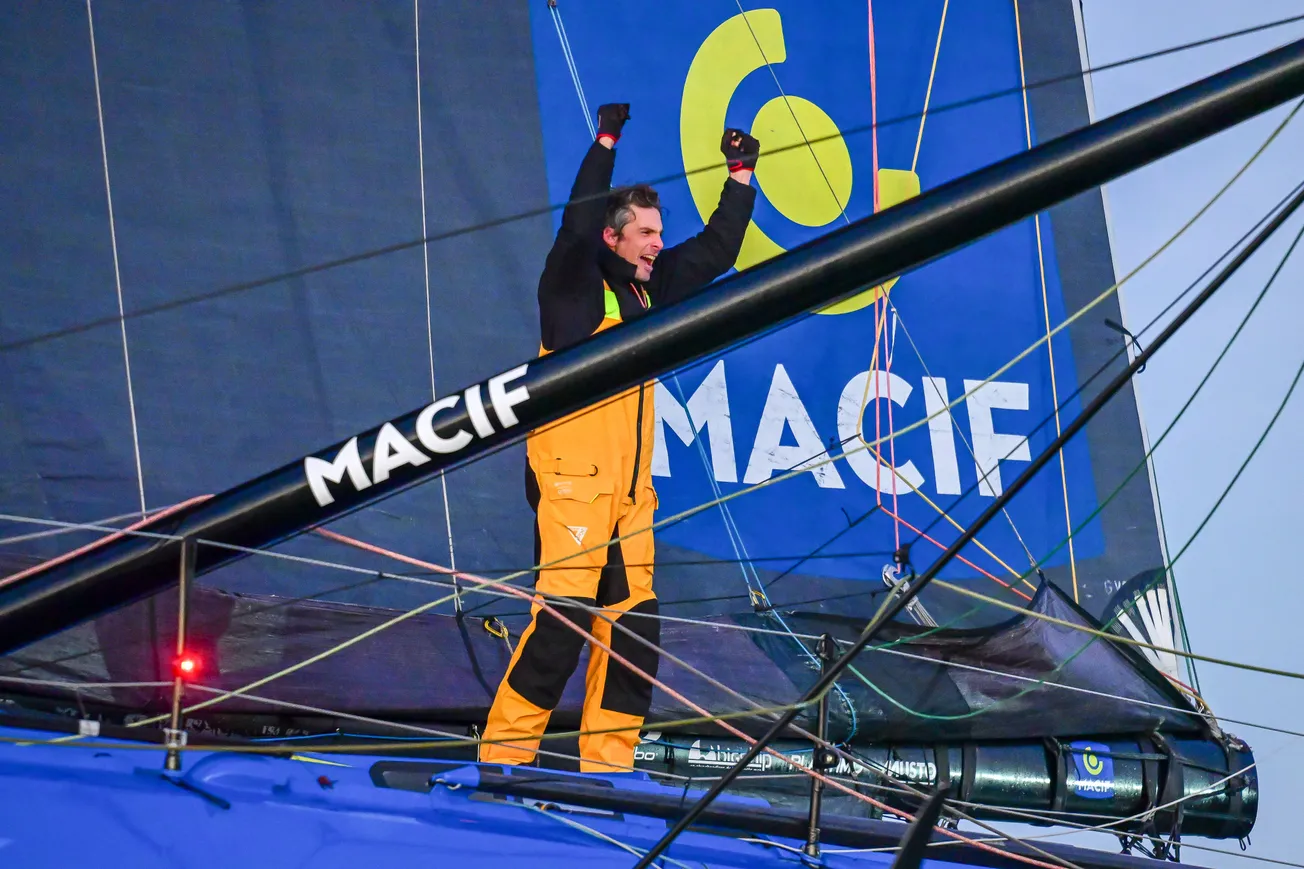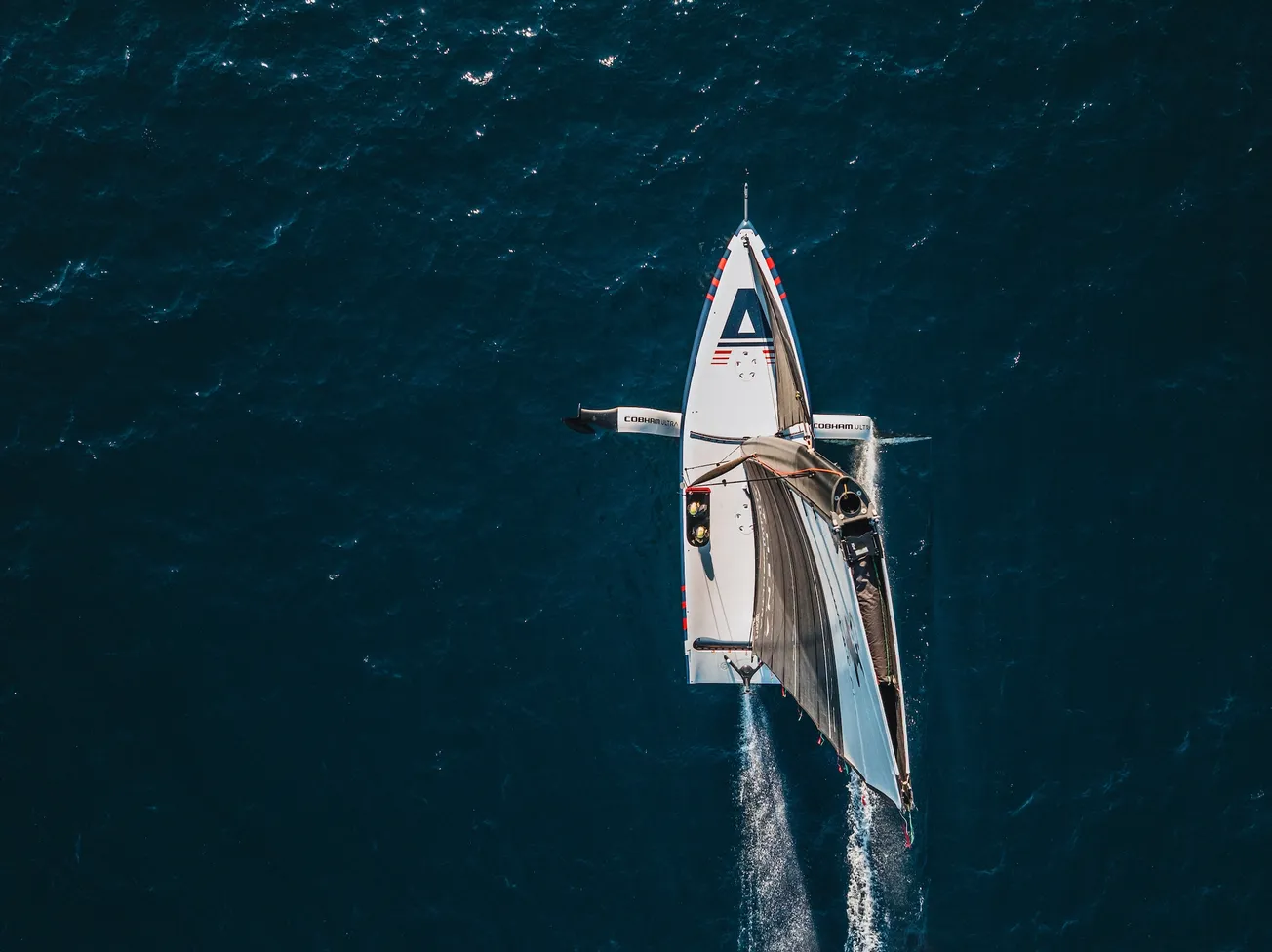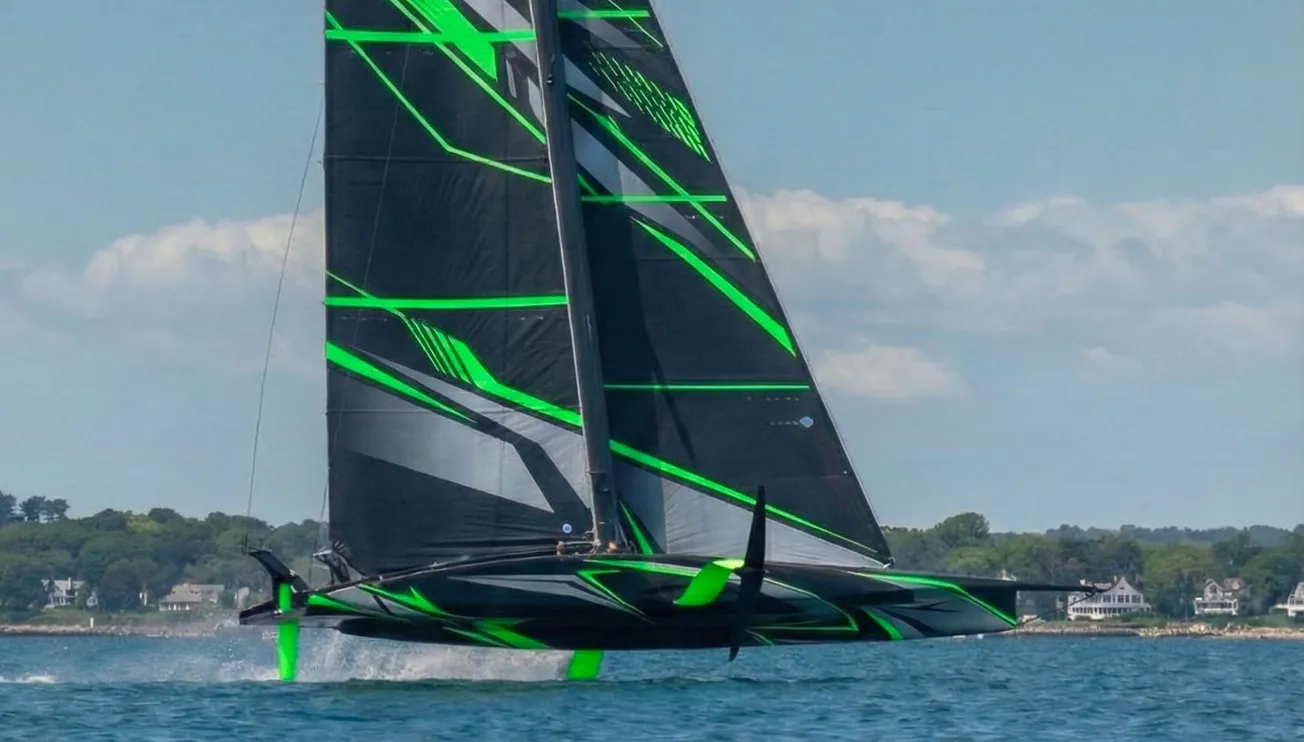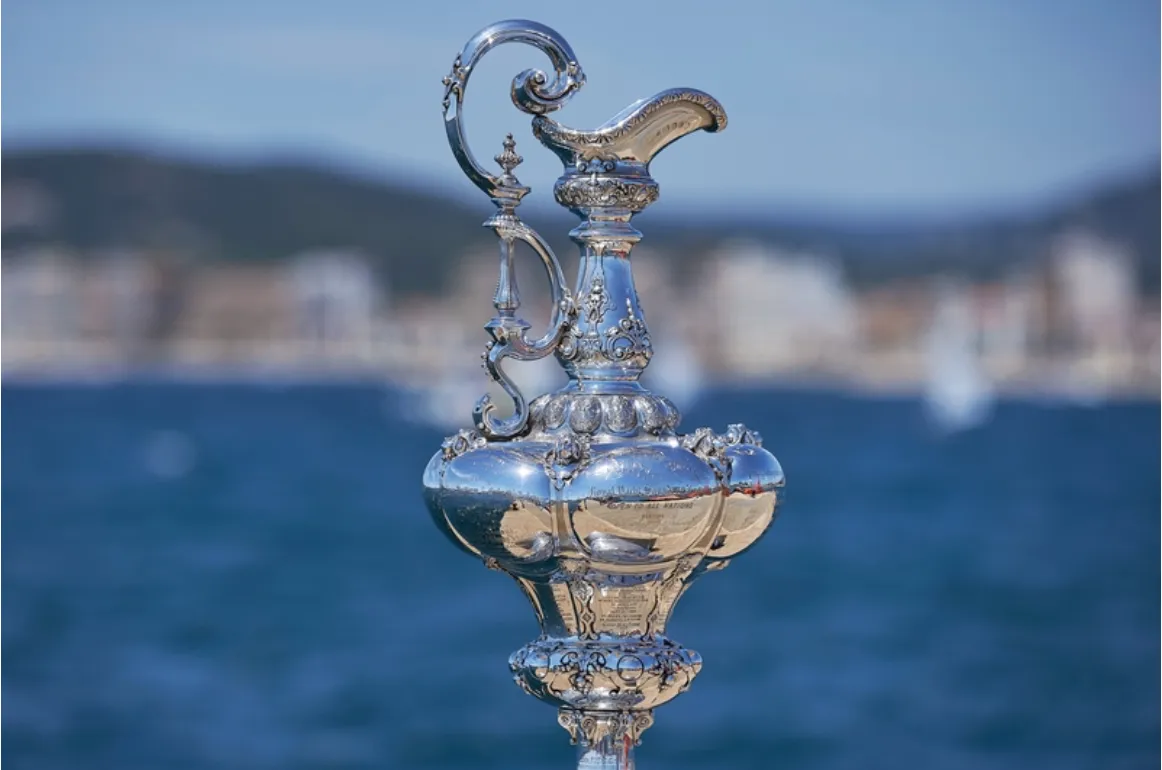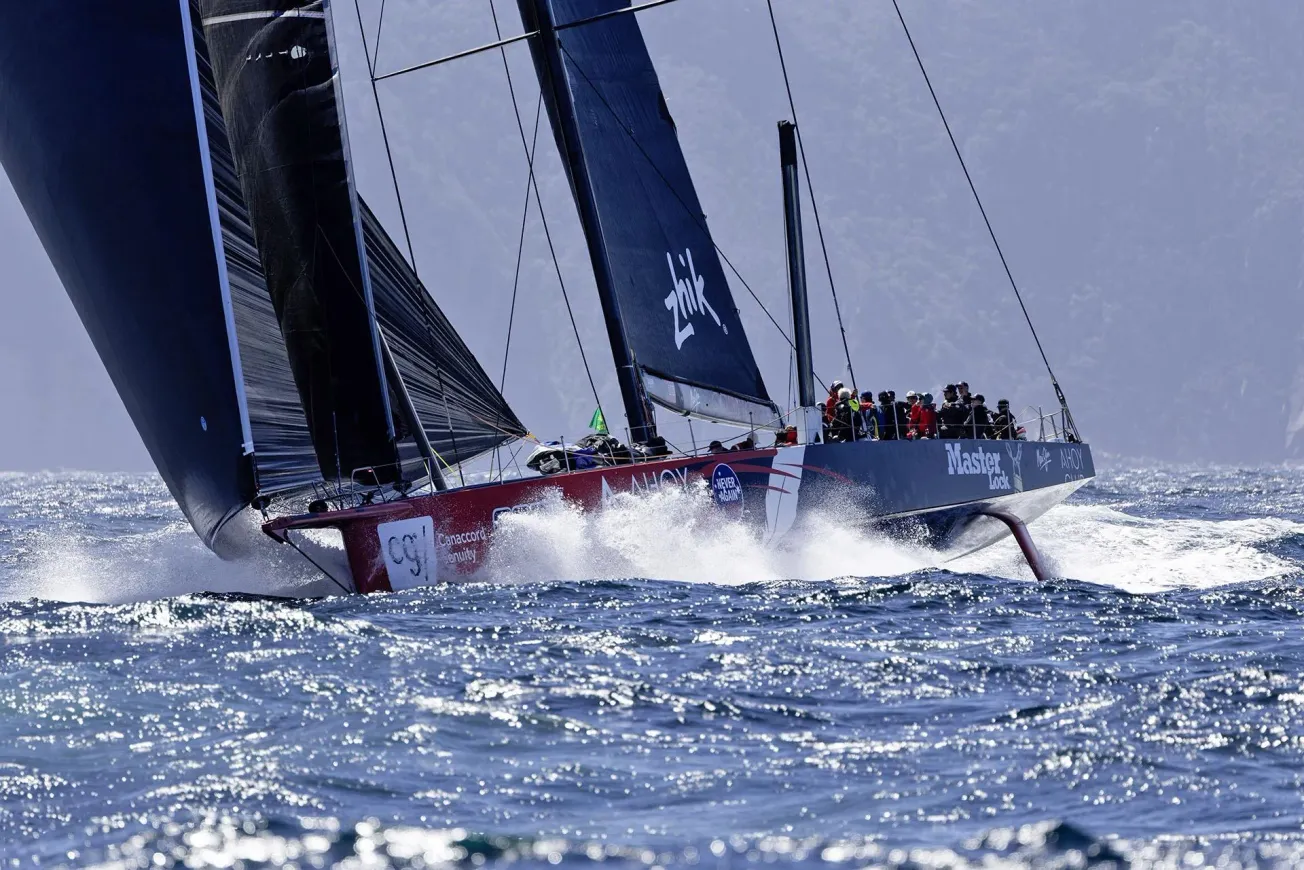Having lived and breathed the 37th America’s Cup in Barcelona from the inside for over a year – initially as a member of the Joint Reconnaissance team and later as part of the AC37 onsite media team – I feel like I am in a good position to bear witness to the impact sailing’s oldest and highest profile event had on the already bustling Catalonian capital.
From the gigantic national flags the six teams flew high above their bases every time their AC75 went sailing, to the Louis Vuitton branding adorning the beachfront tower of the Montjuïc cable car, the packed free-to-enter viewing areas dotted around the city, the buzzing AC37 Race Village on the Moll de la Fusta – where locals and visitors could watch the racing on jumbo screens during the day and enjoy free entry concerts and events at night – to the thousands of spectator boats – including 200+ superyachts – that somehow squeezed themselves in and out of the Port Vell on every single race day, there was simply zero chance of not being aware that the America’s Cup was in town.



